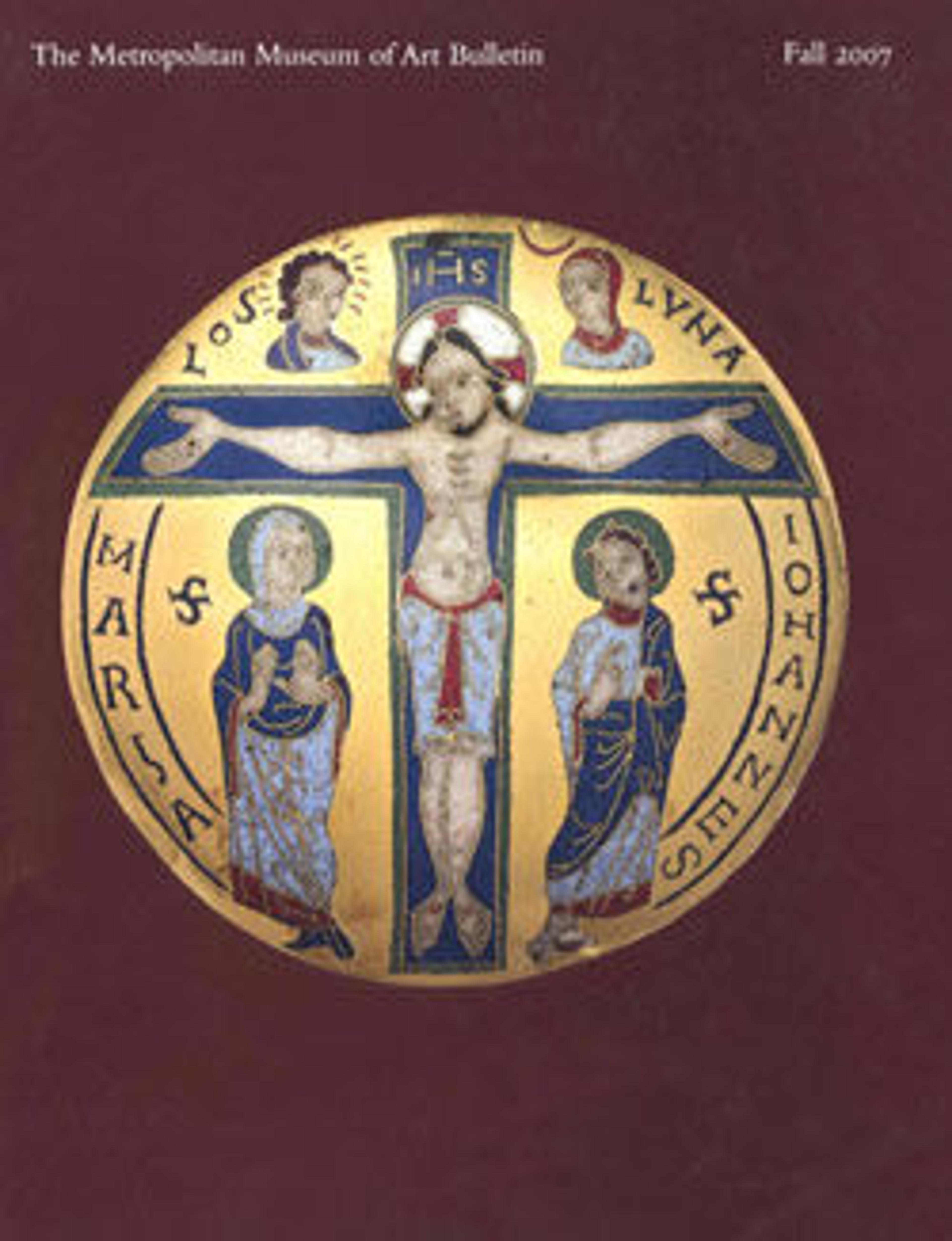Woman's Mantle
This beautifully colored woman's mantle was used only for special occasions and perhaps served as a wedding garment. The textile comes from the department of La Paz in Bolivia, where Aymara weaving traditions probably predated the arrival of the Europeans in the sixteenth century. Tightly woven of the fine hair of Andean camelids (llama, alpaca, vicuña, or guanaco) in two carefully planned panels and stitched together along a central seam, the mantle would have been worn horizontally, with its broad fields of purple-red, sky blue edges, and groups of multicolor stripes clearly visible. The color fields are named for geographic features; the areas of plain color, for example, are called pampas, an allusion to the high, flat plains of the Bolivian altiplano. Mantles like this were worn with rectangular wraparound dresses belted at the waist. Both dress and mantle were held together with long, straight pins that for a mantle of this quality would have been of precious metal, perhaps silver or gold.
Artwork Details
- Title:Woman's Mantle
- Date:late 18th century (?)
- Geography:Bolivia
- Culture:Aymara
- Medium:Camelid hair, silk
- Dimensions:H. 31 x W. 41 in. (78.7 x 104.1 cm)
- Classification:Textiles-Woven
- Credit Line:Purchase, Georgia and Michael de Havenon Gift, 2006
- Object Number:2006.455
- Curatorial Department: The Michael C. Rockefeller Wing
More Artwork
Research Resources
The Met provides unparalleled resources for research and welcomes an international community of students and scholars. The Met's Open Access API is where creators and researchers can connect to the The Met collection. Open Access data and public domain images are available for unrestricted commercial and noncommercial use without permission or fee.
To request images under copyright and other restrictions, please use this Image Request form.
Feedback
We continue to research and examine historical and cultural context for objects in The Met collection. If you have comments or questions about this object record, please contact us using the form below. The Museum looks forward to receiving your comments.
